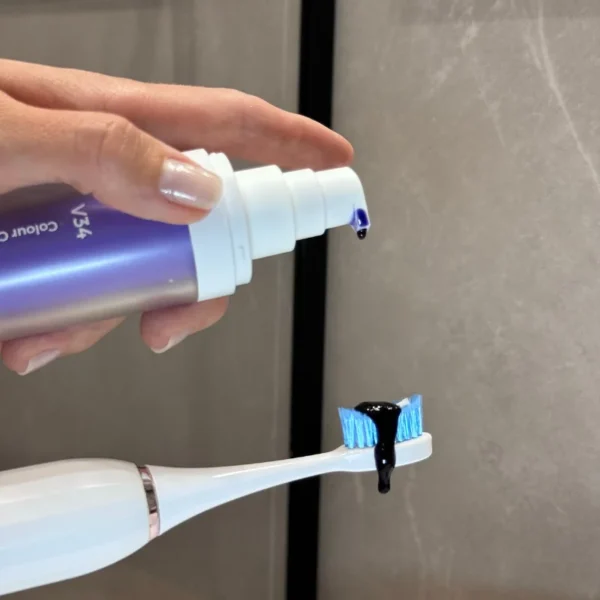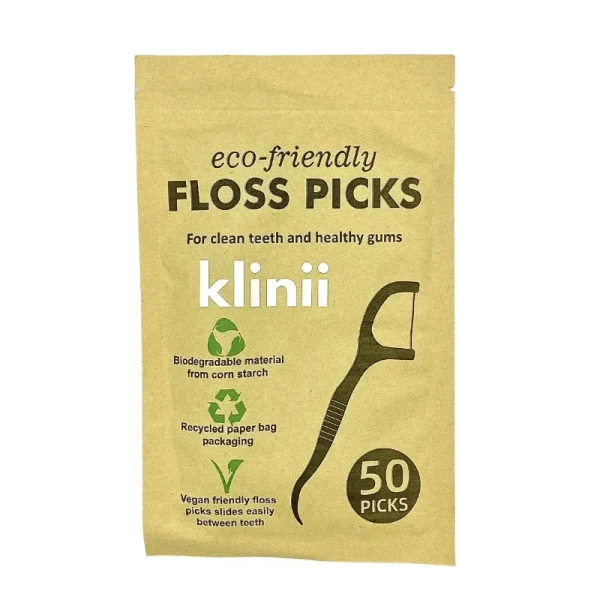

How often do you floss? Is it a habit in your daily oral hygiene or more of an occasional practice? While brushing twice a day is very important, flossing is just as important, if not more so, for maintaining optimal oral health. So in this article, let's take a closer look at this issue.
Flossing should never be underestimated when it comes to a healthy smile. Here are some of the main reasons why flossing is so important:
Flossing helps remove plaque - bacteria that build up on the surface of your teeth.
Regular flossing prevents tartar build-up, which can lead to tooth decay and gum disease.
The toothbrush cannot effectively clean between the teeth and the gum line, so plaque and bacteria build up in these areas more actively.
Flossing helps to reach those hard-to-clean areas, ensuring thorough and comprehensive oral hygiene.
Flossing not only helps to keep your teeth clean, but it also plays an important role in maintaining healthy gums.
By removing plaque and preventing gum disease, flossing reduces the risk of gingivitis, bleeding and even tooth loss.
Now that we understand the importance of flossing, let's focus on the correct flossing technique to ensure maximum effectiveness:
Dental floss comes in different types - waxed, unwaxed, flavoured and filament floss.
Choose the dental floss that suits your preferences and needs, for example, wedges for dental floss or dental floss with holder.
Take about 35-46 cm of dental floss and wrap it around your middle or index fingers, leaving some of the floss free to clean with a fresh piece of floss.
Gently move backwards and forwards to avoid traumatising the gums.
Place the floss around the base of each tooth, ensuring that it reaches below the gum line.
Use a clean section of floss for each tooth, as repeated use of the same section can spread bacteria.
Remember to be gentle to prevent gum irritation while effectively removing plaque.
Many people tend to forget about the back of the last tooth when flossing, but it is equally important to clean this area thoroughly as it tends to be the most bacteria-rich.
After flossing, rinse your mouth to remove any residue or plaque from brushing. Repeat this process daily to maintain a healthy smile.
J: How often should I floss?
A: Floss at least once a day, preferably before brushing.
J: Can dental floss be replaced with an irrigator?
A: Water flosser is a great way to clean not only the spaces between the teeth, but also the plaque on the top or back of the gum, so everyone should understand the most comfortable way and approach for them.
J: Are there alternatives to traditional dental floss?
A: Yes, for example, dental floss with holder. This will make the cleaning process easier and help you avoid difficulties grasping the floss between your fingers.
J: Is flossing painful?
A: Flossing should not cause pain. If you feel any discomfort or bleeding, try oral irrigator or consult your dentist to find the best solution for you.
J: Can children floss?
A: Children can start flossing as soon as they have two teeth touching. The advice, guidance and parental supervision of a dental hygienist are essential to ensure correct brushing technique.
Flossing may seem like a minor task, but its impact on oral health is significant. It is an important step towards a healthy smile, healthy gums and fresh breath. So floss or use alternatives such as a mouth irrigator to make your smile shine!













